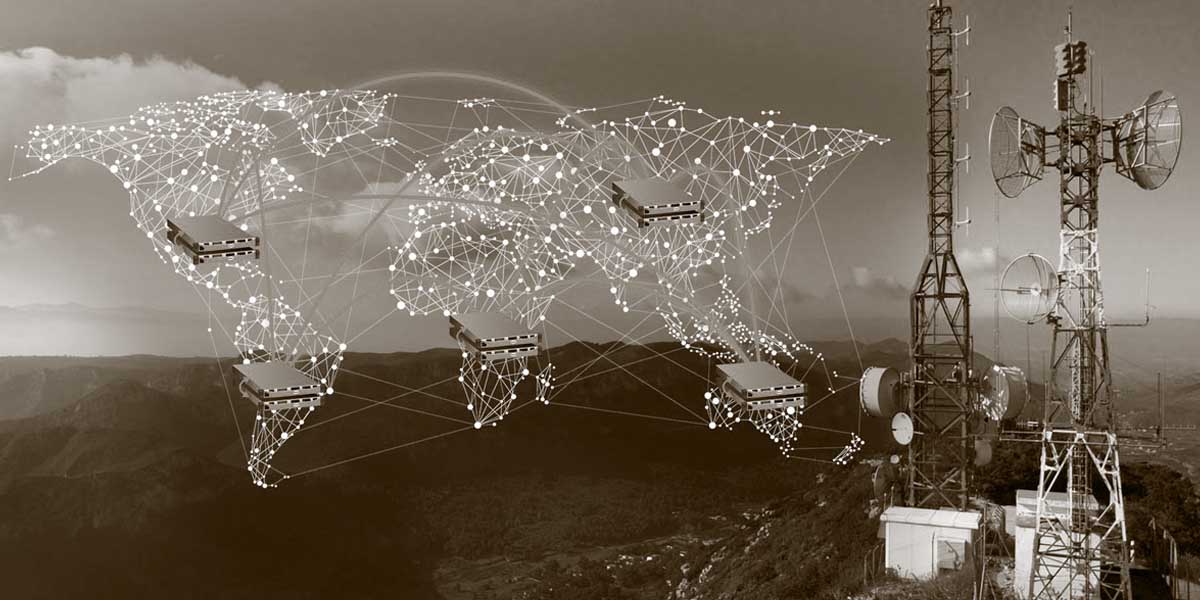ifawalacatacas.com plays a office accounting regularity roles in telecommunication digital media news and graphics design .business accountancy . like auditing for alls. Taxes preparations, legal activity ,actuarial for analysis decision and developments.
Telecommunication occurs when the exchange of information between two or more entities communication includes the use of technology. Communication technology uses channels to transmit information as electrical signals, either over a physical medium (such as signal cables), or in the form of electromagnetic waves. The word is often used in its plural form, telecommunications, because it involves many different technologies.
Early means of communicating over a distance included visual signals, such as beacons, smoke signals, semaphore telegraphs, signal flags, and optical heliographs. Other examples of pre-modern long-distance communication included audio messages such as coded drumbeats, lung-blown horns, and loud whistles. Modern technologies for long-distance communication usually involve electrical and electromagnetic technologies, such as telegraph, telephone, and teleprinter, networks, radio, microwave transmission, fiber optics, andcommunications satellites.
A basic telecommunication system consists of three primary units that are always present in some form:
A transmitter that takes information and converts it to a signal.
A transmission medium, also called the "physical channel" that carries the signal. An example of this is the "free space channel".
A receiver that takes the signal from the channel and converts it back into usable information.
For example, in a radio broadcasting station the station's large power amplifier is the transmitter; and the broadcasting antenna is the interface between the power amplifier and the "free space channel". The free space channel is the transmission medium; and the receiver's antenna is the interface between the free space channel and the receiver. Next, the radio receiver is the destination of the radio signal, and this is where it is converted from electricity to sound for people to listen to.
Sometimes, telecommunication systems are "duplex" (two-way systems) with a single box of electronics working as both a transmitter and a receiver, or a transceiver. For example, a cellular telephone is a transceiver. The transmission electronics and the receiver electronics in a transceiver are actually quite independent of each other. This can be readily explained by the fact that radio transmitters contain power amplifiers that operate with electrical powers measured in the watts or kilowatts, but radio receivers deal with radio powers that are measured in the microwatts or nanowatts. Hence, transceivers have to be carefully designed and built to isolate their high-power circuitry and their low-power circuitry from each other.
Telecommunication over fixed lines is called point-to-point communication because it is between one transmitter and one receiver. Telecommunication through radio broadcasts is called broadcast communication because it is between one powerful transmitter and numerous low-power but sensitive radio receivers.
Telecommunications in which multiple transmitters and multiple receivers have been designed to cooperate and to share the same physical channel are called multiplex systems. The sharing of physical channels using multiplexing often gives very large reductions in costs. Multiplexed systems are laid out in telecommunication networks, and the multiplexed signals are switched at nodes through to the correct destination terminal receiver.
Communications signals can be either by analog signals or digital signals. There are analog communication systems and digital communication systems. For an analog signal, the signal is varied continuously with respect to the information. In a digital signal, the information is encoded as a set of discrete values (for example, a set of ones and zeros). During the propagation and reception, the information contained in analog signals will inevitably be degraded by undesirable physical noise. (The output of a transmitter is noise-free for all practical purposes.) Commonly, the noise in a communication system can be expressed as adding or subtracting from the desirable signal in a completely random way. This form of noise is called additive noise, with the understanding that the noise can be negative or positive at different instants of time. Noise that is not additive noise is a much more difficult situation to describe or analyze, and these other kinds of noise will be omitted here.
On the other hand, unless the additive noise disturbance exceeds a certain threshold, the information contained in digital signals will remain intact. Their resistance to noise represents a key advantage of digital signals over analog signals.
A communications network is a collection of transmitters, receivers, and communications channels that send messages to one another. Some digital communications networks contain one or more routers that work together to transmit information to the correct user. An analog communications network consists of one or more switches that establish a connection between two or more users. For both types of network, repeaters may be necessary to amplify or recreate the signal when it is being transmitted over long distances. This is to combat attenuation that can render the signal indistinguishable from the noise. Another advantage of digital systems over analog is that their output is easier to store in memory, i.e. two voltage states (high and low) are easier to store than a continuous range of states.
ifawalacatacas.com services provider groups of digital media , news, multimedia and graphics, telecommunications, advertisings. With all accountings legal IT softwares. Corporate offices functions Sides.

